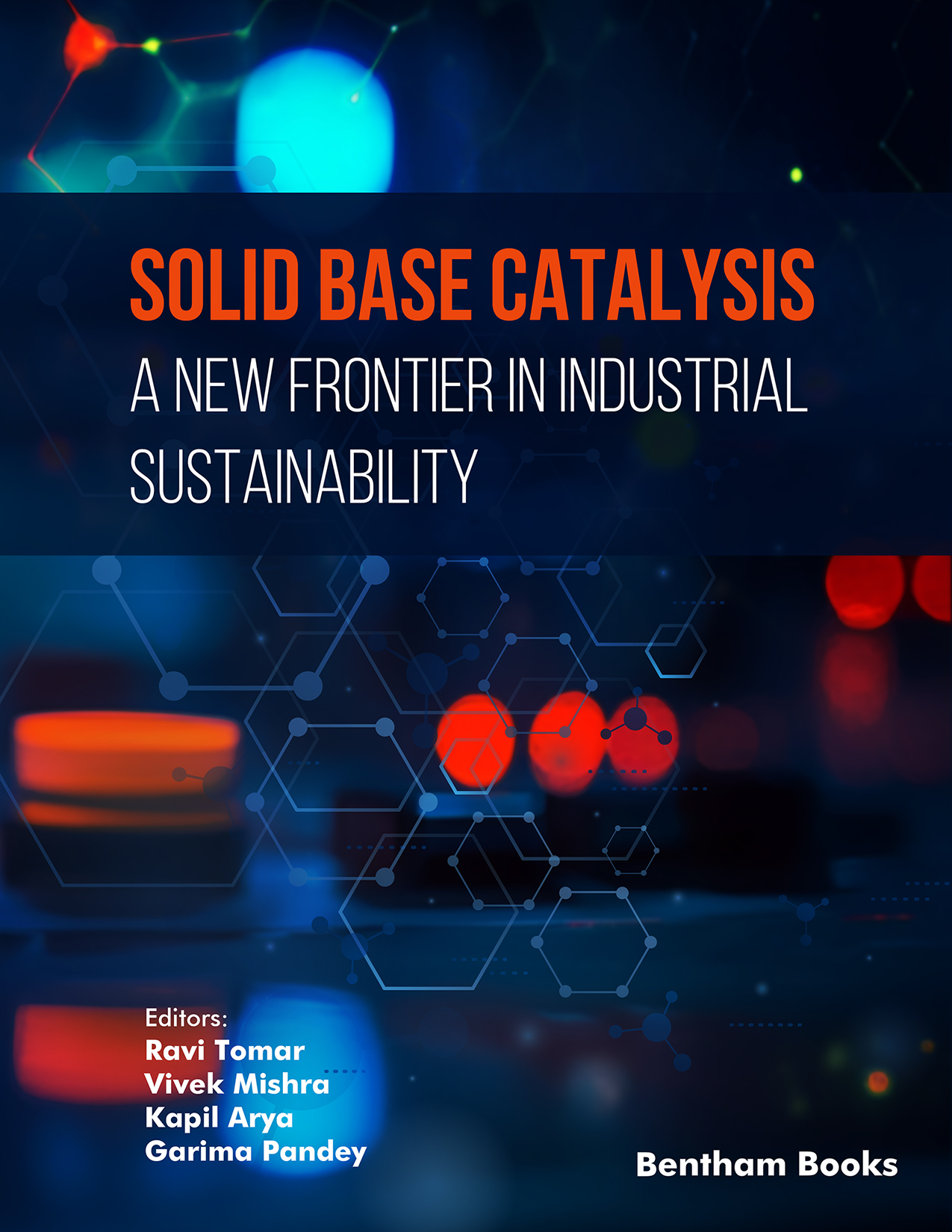In recent years, the field of solid base catalysis has emerged as a groundbreaking area of research and application, driven by the growing demand for sustainable industrial processes. “Solid Base Catalysis: A New Frontier in Industrial Sustainability” aims to capture this dynamic and rapidly evolving domain, highlighting both recent advancements and the potential future directions of solid base catalysis.
Solid base catalysts have garnered significant attention due to their ability to facilitate a wide range of chemical reactions with high efficiency and selectivity. This versatility makes them pivotal in numerous industrial applications, from organic synthesis to biomass conversion, and even in the development of eco-friendly processes. The advancements in this field not only promise enhanced performance but also align with the broader goal of achieving sustainability in chemical manufacturing.
The book is structured to provide a comprehensive overview of the current state-of-the-art in solid base catalysis. The first chapter delves into the latest methods for synthesizing and characterizing these catalysts, offering insights into various techniques such as precipitation, sol-gel methods, and template-assisted approaches. This foundational knowledge sets the stage for subsequent discussions on more specialized applications.
Following the introduction, each chapter explores different facets of solid base catalysis, reflecting its diverse applications. From supported solid-phase catalysis in organic synthesis to innovative approaches for biomass utilization and chemical conversions, the book covers a broad spectrum of topics. Chapters dedicated to biomass oxidation, multicomponent reactions, and drug synthesis illustrate the practical implications of solid base catalysis in addressing real-world challenges.
Significant emphasis is placed on recent advancements in the field. Detailed discussions on the catalytic mechanisms, optimization strategies, and the development of novel materials offer readers a deep understanding of current trends. Chapters on C-C, C-N, and C-S bond formations, as well as reduction reactions, showcase the versatility and potential of solid base catalysts in a variety of chemical transformations.
As we move towards a more sustainable future, the role of solid base catalysis becomes increasingly critical. The final chapters reflect on the historical context and recent progress, providing a comprehensive perspective on how these catalysts contribute to greener and more efficient chemical processes.
We extend our gratitude to the contributors of this volume, whose expertise and dedication have made this book possible. Their insights and research are a testament to the vibrant and continually advancing field of solid base catalysis. We also hope that this book serves as a valuable resource for researchers, practitioners, and students alike, fostering further innovation and application in the realm of industrial sustainability.
It is our belief that the knowledge presented in these pages will inspire new ideas and drive continued progress in the field of solid base catalysis, ultimately contributing to a more sustainable and efficient chemical industry.
Ravi Tomar
Department of Chemistry
SRM Institute of Science and Technology
Delhi NCR Campus, Modinagar
Uttar Pradesh, India
SERB-TARE Fellow
Indian Institute of Technology Delhi
India
Vivek Mishra
Amity Institute of Click-Chemistry
Research and Studies (AICCRS)
Amity University Campus, Sector-125, NOIDA-201313
SERB-TARE Fellow
University of Delhi, Delhi
India
Kapil Arya
Innovation Protection Unit (IPU)
CSIR, NISCAIR Building 3rd Floor
14 Satsang Vihar Marg, New Delhi–110067
India
&
Garima Pandey
Department of Chemistry
SRM Institute of Science & Technology
Delhi-NCR Campus, Modinagar Ghaziabad-201204
India

